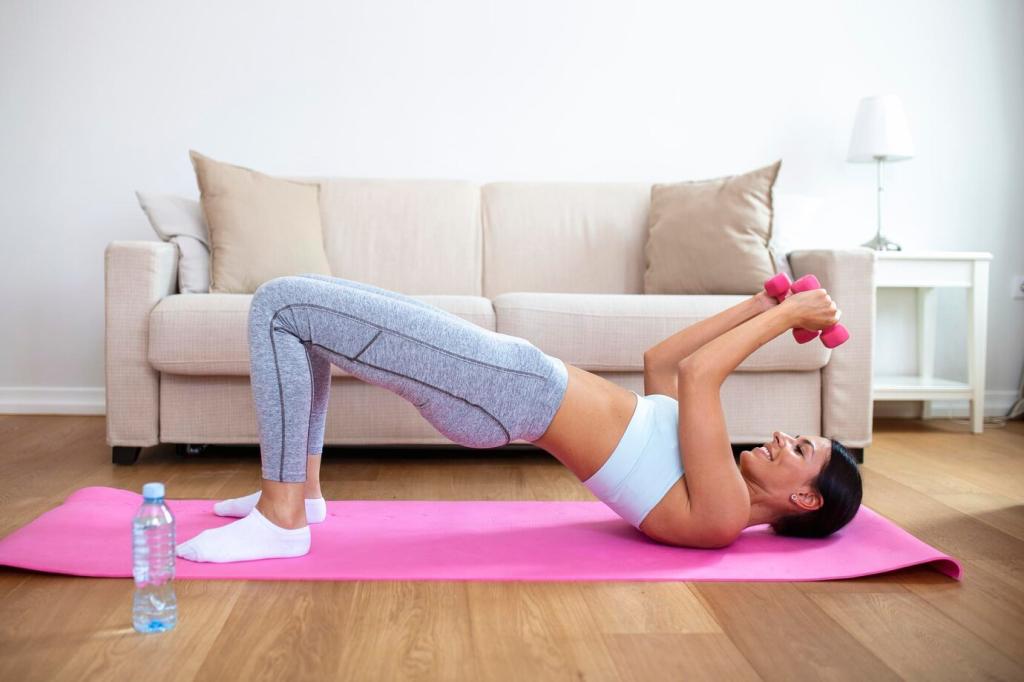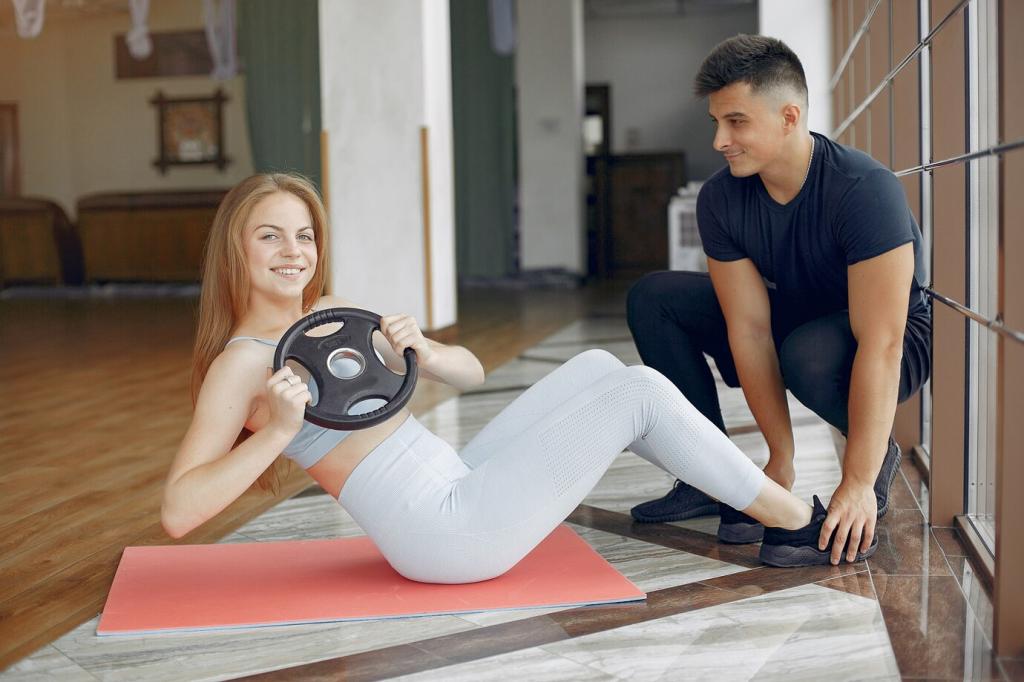Weekly Structure Templates for Different Beginner Goals
Day A: squat, push, carry. Day B: hinge, pull, core. Day C: full-body. Rest days include ten-minute walks. Start light, leave two reps in reserve, and log everything. Comment if you need dumbbell-only swaps.
Weekly Structure Templates for Different Beginner Goals
Two circuit days with simple full-body moves, plus two cardio days mixing brisk walking with short intervals. Keep circuits thirty minutes to protect recovery. Share your schedule, and we’ll help place rest days smartly.
Weekly Structure Templates for Different Beginner Goals
Session 1: total-body strength in twenty-five minutes. Session 2: longer walk, mobility, and light core. This is perfect for busy beginners. Subscribe for printable checklists you can keep on your fridge or desk.
Weekly Structure Templates for Different Beginner Goals
Lorem ipsum dolor sit amet, consectetur adipiscing elit. Ut elit tellus, luctus nec ullamcorper mattis, pulvinar dapibus leo.



